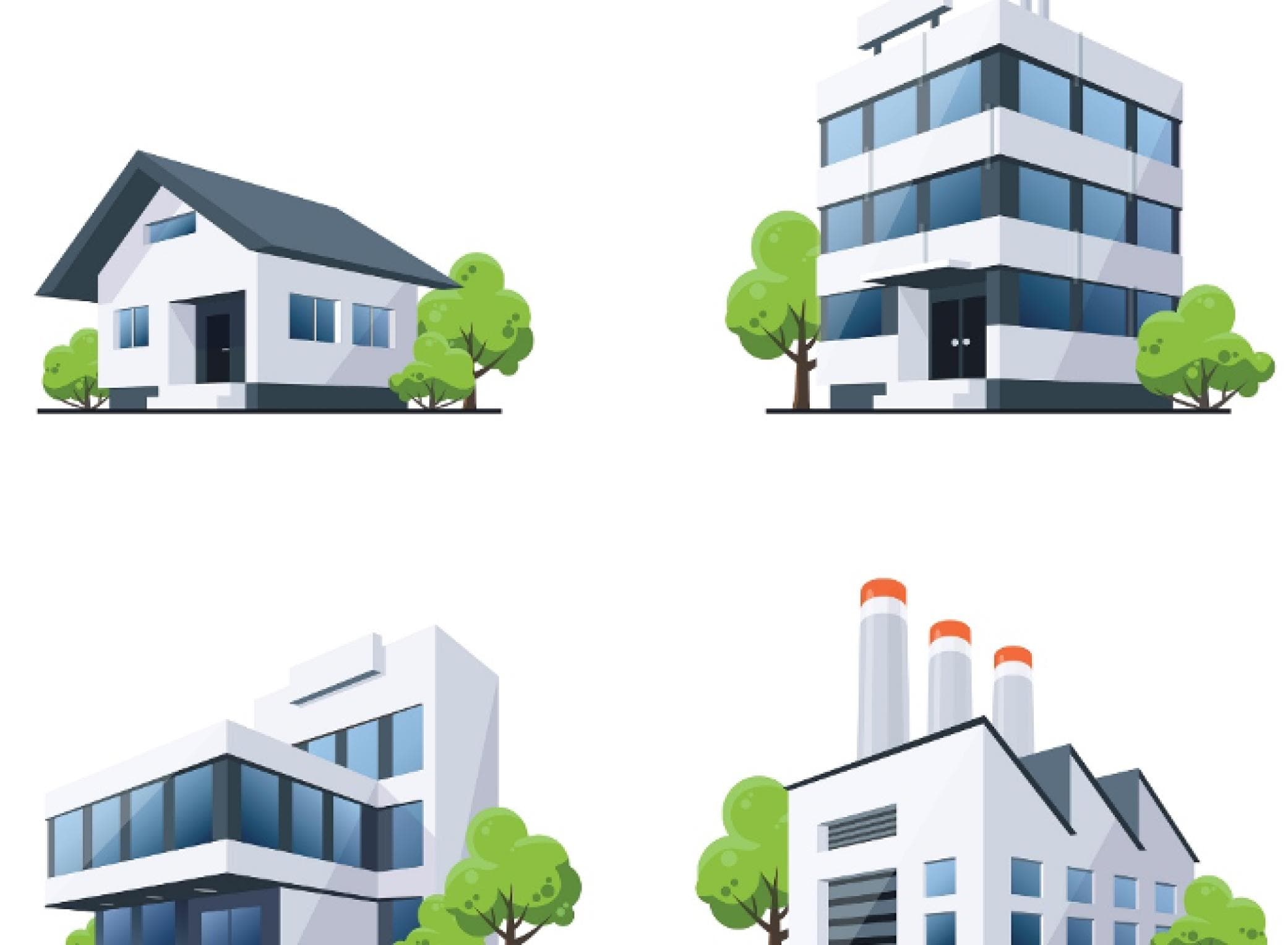January 2023
Difference Between Residential and Commercial Roofing

What’s the Difference Between Residential and Commercial Roofing?
The roof is essential to a building’s exterior. While all roofs serve essentially the same purpose, they are made and installed in different ways, depending on the application. Some are used for residential properties and some are for commercial buildings. Let us guide you through the differences between residential and commercial roofing.
The Slope
Residential homes typically have sloped roofs, unless constructed with rooftops. The steep angle helps redirect rainwater or snow easily down to the gutters or the ground. It also allows space for an attic, while also optimizing insulation and energy efficiency. Sloping the roofs also enhances a home’s curb appeal. It makes a house more visible and visually appealing.
In contrast to residential homes, the roofs on commercial buildings often have low or nearly flat slopes. This maximizes space in the building, allowing more room on the lower floors.
Rooftops are common in commercial properties, as the flat surface makes them the ideal place to install large or multiple HVAC outdoor units. Rooftops are also often used as bars, restaurants, or pool areas.
The Materials Used
For residential roofing, the materials are chosen for their ability to shed precipitation when installed on a steep slope. Popular materials for this application include:
- Asphalt shingles
- Clay tiles
- Slates
- Metal panels/sheets
On the other hand, commercial roofs use materials that can withstand harsh weather conditions whilst on a low or flat slope. Popular roofing materials for commercial buildings include:
-
Built-Up Roofing (BUR) Membrane
- BUR is also known as the tar-and-gravel roof. It is made up of multiple layers of asphalt and ply sheets.
-
Modified Bitumen Roofing (MBR)
- MBR is made of asphalt-infused plastic felts, reinforced by fiberglass. It is ideal for rooftops with heavy foot traffic.
-
Spray-On Roofing (Spray Foam Coating)
- Spray-on roofing starts as liquid polyurethane. When sprayed on the surface, it expands into foam, which later hardens into a solid layer.
-
Ethylene Propylene Diene Monomer (EPDM)
- EPDM, also known as Thermoset, is a durable synthetic rubber membrane. It is a popular roofing material due to its resilience and energy efficiency.
Installation Time
Depending on the size of the Home, residential roofing installation can be done in 1 to 3 days. Commercial roofing, on the other hand, may need more time to install because it needs special tools and materials. Consider the size of most commercial buildings, too.
Maintenance
For residential roofing, an inspection once a year or after a major weather event is acceptable. Homeowners can also go the DIY route on inspection and minor repairs.
Commercial roofing may require an inspection every six months. This is to check for any damage that may compromise the building’s overall structure, which can mean expensive repairs. Inspection can also be more expensive and time-consuming, as commercial buildings are typically larger than residential homes.
If you need quality residential roofing services in Gonzales, LA, reach out to Cypress Roofing. We always put the customer first and stand behind every project we complete.